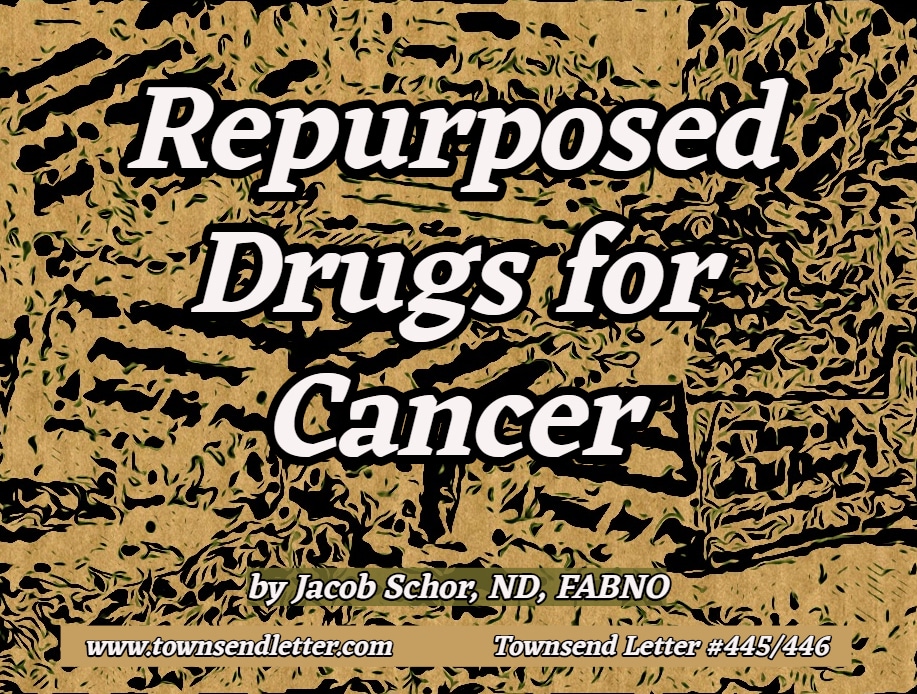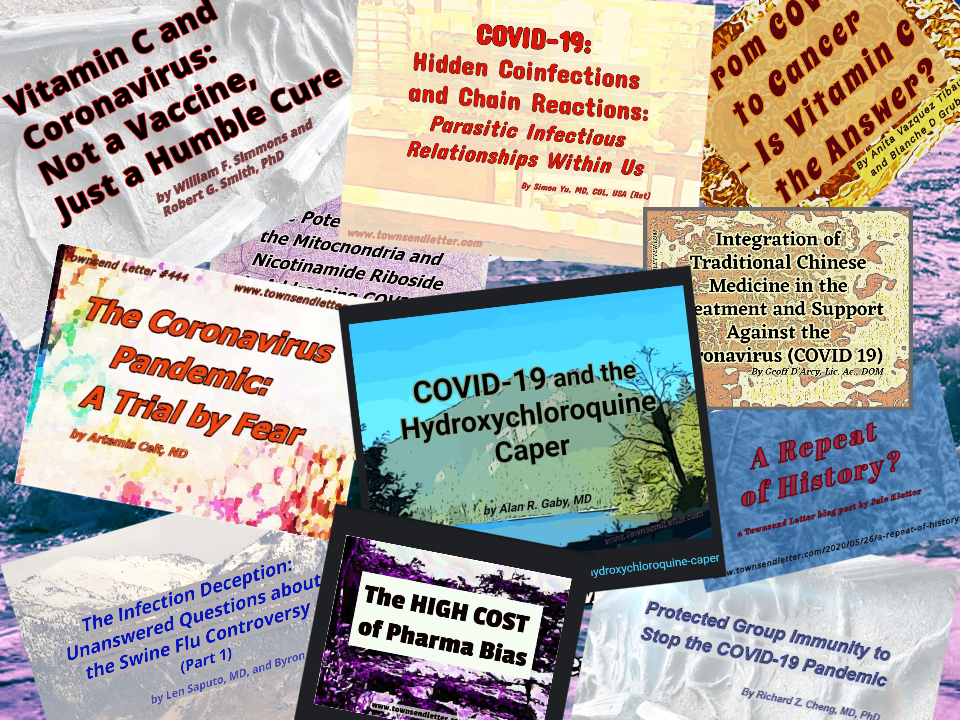Article continues…
O/N Stress and Neurodegenerative Diseases
Diseases like Alzheimer’s and Parkinson’s diseases, multiple sclerosis, and Huntington’s chorea as well as physical brain damage are linked to chronic inflammatory damage of the brain. Not surprisingly, other chronic diseases like diabetes are very often linked to inflammatory vascular damage.
The blood-brain barrier (BBB) normally acts like a selective filter, allowing needed nutrients to enter the brain while preventing the passage of unwanted materials. Various neurodegenerative diseases, however, can damage the BBB and disrupt its integrity.13 The resulting “leakiness” of the BBB most often happens as adults enter their later years. Yet, healthy lifestyle and dietary habits, including supplementation, can go a long way to help maintain a person’s healthy neurology. For this reason, O/N stress must be controlled throughout the life span, but especially as a person enters older age.
One option that may help prevent damage to the vascular system and the BBB is a combination of antioxidants and substances that generate nitric oxide (NO). NO is generated by two common pathways in the body. The first pathway involves L-arginine and its metabolite L-citrulline. Both provide efficient enzymatic production of NO. The second major pathway involves the nitrate/nitrite pathway, which can be viewed as a non-enzymatic pathway that only requires bacterial enzymes in saliva to convert nitrate into nitrite. Once swallowed, the salivary nitrite generates NO when exposed to stomach acid. Separately, some physicians use sodium nitrate to quickly produce NO in NO deficiency or anaerobic conditions.
To generate significant amounts of NO from L-arginine, it is helpful to use a sustained release form. For example, I use both sustained released L-arginine (3 g) and immediate-release L-arginine (1 g) in the morning and at night for a total daily intake of 8 g. This regimen effectively helps me maintain a normal blood pressure in the range of 100/80 mmHg.
Other therapies offer potential benefits to prevent damage to the vascular system and the BBB. For example, DHB, CBD, tocotrienols, and krill oil components readily penetrate the BBB and may offer therapeutic value in the treatment of chronic neuroinflammatory diseases that damage the BBB and generate excessive peroxynitrite. See Table 2 for a suggested prophylactic regime.
To paraphrase Ben Franklin, an ounce of prevention is worth much more than a pound of cure. I have spent most of my adult life studying various diseases. One thing is clear: To live a healthy life, it is paramount that we protect our vascular system from damage. It starts with a healthy lifestyle and dietary habits, including dietary supplementation.
Conclusion
Dietary supplements and other oral therapeutic interventions delivered in sustained-release forms provide a more complete treatment for the prevention and treatment of diabetes and other chronic inflammatory disease. Not only does this delivery form overcome pharmacokinetic limitations, it also provides a steady release of active ingredients over time so they are readily available to combat the continuous production of oxidants and nitrosants and reduce the O/N stress that characterizes chronic inflammatory diseases. Chronic diseases, including chronic inflammatory diseases, generally do not relent. For this reason, regardless of individual’s genetic predisposition to a disease, a regular regime of continuous protection would be the best option to help prevent or control chronic inflammatory diseases.
COMPLETE REFERENCES
- Centers for Disease Control and Prevention. National Diabetes Statistics Report, 2020. Atlanta, GA: Centers for Disease Control and Prevention, U.S. Dept of Health and Human Services; 2020. https://www.cdc.gov/diabetes/library/features/diabetes-stat-report.html. Accessed May 26, 2020
- Bozkurt B, et al. Contributory risk and management of comorbidities of hypertension, obesity, diabetes mellitus, hyperlipidemia, and metabolic syndrome in chronic heart failure: a scientific statement from the American Heart Association. Circulation. 2016;134(23):e535‐e578.
- Lee R, Wong TY, Sabanayagam C. Epidemiology of diabetic retinopathy, diabetic macular edema and related vision loss. Eye Vis (Lond). 2015;2:17.
- de la Monte SM, Wands JR. Alzheimer’s disease is type 3 diabetes-evidence reviewed. J Diabetes Sci Technol. 2008;2(6):1101-1113.
- Metformin Side Effects. WebMD Web site. https://www.webmd.com/diabetes/metforminside-effects. Accessed May 26, 2020.
- Yin J, Xing H, Ye J. Efficacy of berberine in patients with type 2 diabetes mellitus. Metabolism. 2008;57(5):712-717.
- Baldwin-lien B. Berberine compared to metformin in women with PCOS. Nat Med J. 2012;4(12).
- Cao C, Su M. Effects of berberine on glucose-lipid metabolism, inflammatory factors and insulin resistance in patients with metabolic syndrome. Exp Ther Med. 2019;17(4):3009‐3014.
- Feng R, et al. Transforming berberine into its intestine-absorbable form by the gut microbiota. Sci Rep. 2015;5:12155.
- Payne WJ. Reduction of nitrogenous oxides by microorganisms. Bacteriol Rev. 1973;37(4):409‐452.
- This is a cross reference to: Feng R, et al. Sci Rep. 2015;5:12155.
- Buchanan B, et al. Comparative pharmacokinetics and safety assessment of transdermal berberine and dihydroberberine. PLoS One. 2018;13(3):e0194979.
- Wheeler M. UCLA researchers provide first evidence of how obstructive sleep apnea damages the brain [press release]. September 1, 2015. https://newsroom.ucla.edu/releases/ucla-researchers-provide-first-evidence-of-howobstructive-sleep-apnea-damages-the-brain. Accessed May 26, 2020.
Knox Van Dyke, PhD, is Professor Emeritus of Biochemistry and Molecular Pharmacology at West Virginia University Medical School. During the Vietnam War, he developed the first effective screening for antimalarial drugs by measuring the effects of drugs on synthesis of malarial parasite DNA and RNA. He has also worked on treatments for sickle cell anemia, black lung disease and silicosis, and diabetes. Dr. Van Dyke has been a consultant in the drug industry for Cancer Biologics of America since 1989, and he has co-authored seven books on luminescence biotechnology.







